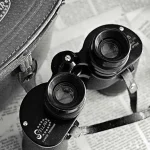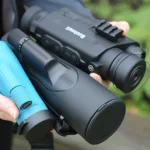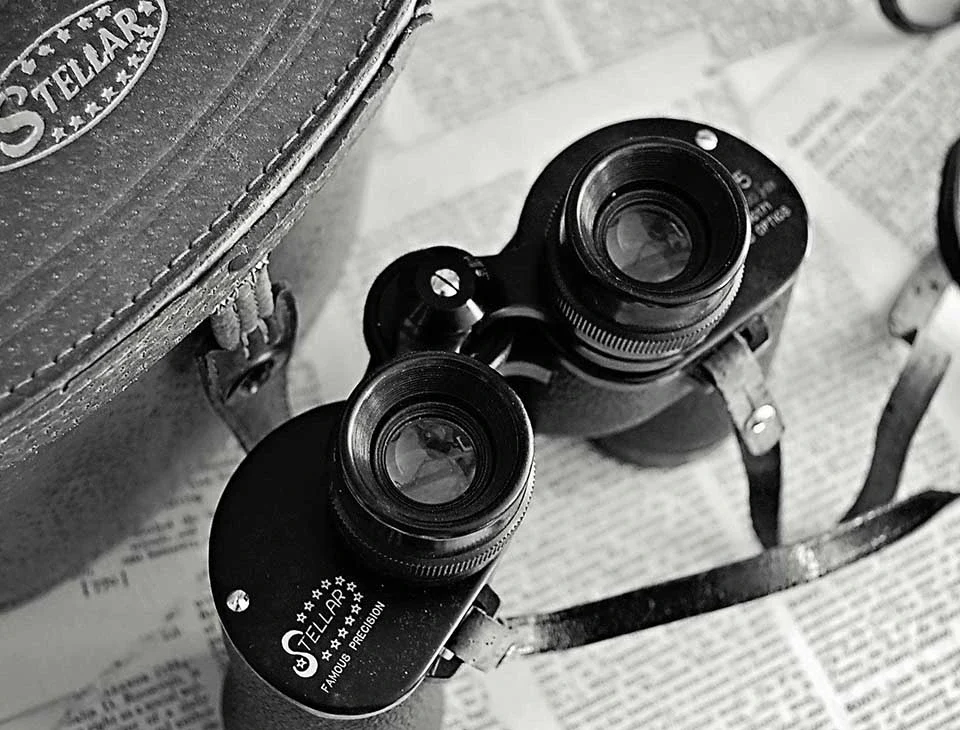Field studies in biology, geology, and environmental science demand precision tools that enhance observation without compromising portability. For zoom vs fixed binoculars used in education, the goal is simple: clear views with gear that travels well. Among these, binoculars stand out as indispensable companions, allowing students and researchers to examine wildlife, geological formations, or distant experimental setups with clarity. At ColperLab, we understand the nuances of selecting the right optical gear, and helping educational institutions make informed choices is part of our expertise.
Table of Contents
Understanding Magnification Types (zoom vs fixed binoculars)
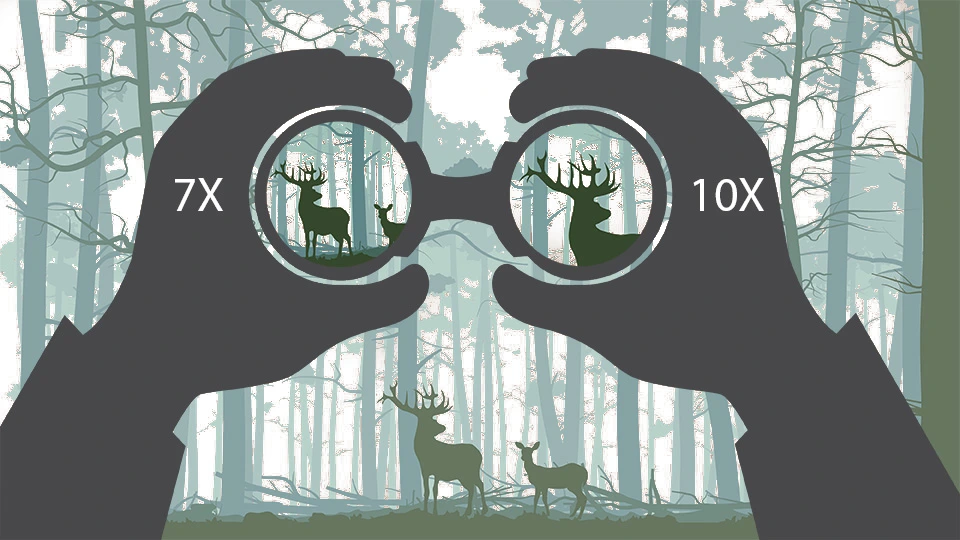
The primary distinction in binoculars lies in their magnification: fixed magnification binoculars or zoom. Fixed magnification binoculars maintain a single level of zoom, such as 8x or 10x. This simplicity ensures sharper images and greater light transmission, especially in low-light conditions.
Zoom binoculars, on the other hand, offer adjustable magnification, often ranging from 7x to 21x. This flexibility is ideal for varying distances, allowing users to observe both nearby and distant subjects without changing equipment.
Fixed magnification benefits:
- Consistent image quality
- Lighter weight for easier portability
- Lower maintenance due to simpler internal optics
Zoom magnification benefits:
- Versatile for dynamic environments
- Reduces the need to carry multiple devices
- Allows students to quickly adjust focus based on distance
Students exploring wetlands often find that a single adjustment-free magnification reduces eye strain during long observation sessions. While fixed magnification models offer reliability, zoom vs fixed binoculars is ultimately a trade-off between consistency and flexibility—especially useful for classrooms that study both close-range habitats and distant landscapes. Understanding the trade-offs is key for educators who want tools that support diverse field exercises.
Evaluating Image Clarity and Light Transmission
Image clarity is directly tied to the optical design and the coatings applied to lenses. Fixed magnification binoculars generally provide superior clarity because their optics are optimized for a single zoom level. Conversely, zoom binoculars might experience slight distortion at extreme ends of their range.
Light transmission is another crucial factor. In field studies, natural light can fluctuate due to tree cover, cloud cover, or time of day. Fixed magnification models often allow more light to pass through the lenses, producing brighter, crisper images. Zoom binoculars—while versatile—may slightly compromise brightness at higher magnifications.
Key metrics to check:
- Field of view binoculars: wider fields are easier for group observations or tracking fast-moving subjects
- Exit pupil size: affects how much light reaches the eye
- Lens coating type: anti-reflective coatings enhance brightness and contrast
Even compact monoculars, which are sometimes overlooked, demonstrate that brighter images and portability enhance outdoor learning. By evaluating these factors, schools can ensure students are not only observing clearly but are also able to capture subtle details—critical for research notes and lab reports. For example, small differences in leaf morphology or subtle shifts in animal behavior are often more noticeable with high-quality optics.
Portability and Durability Considerations
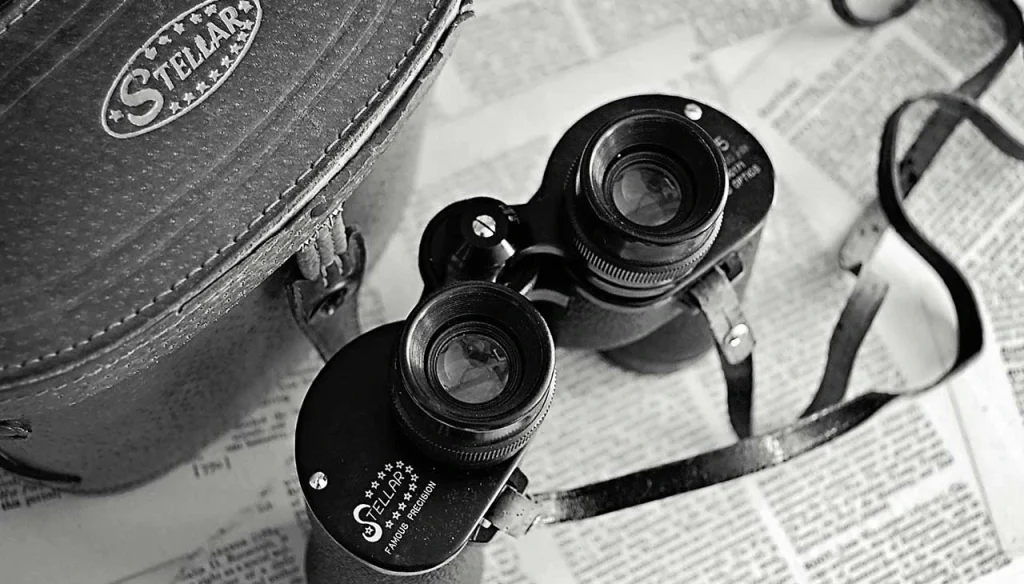
Educational settings often require equipment to be transported across campuses, nature reserves, or field stations. Weight and size play a critical role. Student binoculars tend to be lighter and simpler; fixed magnification binoculars are typically more compact, making them easier to carry during extended field trips. Zoom binoculars may require additional stabilization to prevent image shake, especially at higher magnifications.
Durability is equally important. Waterproof binoculars with rubber coatings and fog resistance withstand varying climates and rough handling. Institutions benefit from models that endure repeated use by multiple students, reducing replacement costs over time.
Schools observing bird migration patterns often prioritize compact designs, as heavier equipment can limit mobility and reduce the quality of observations. Durability also means equipment can accompany students in diverse environments—from humid rainforests to dusty deserts—without sacrificing performance. Selecting binoculars with robust construction ensures that students focus on learning rather than equipment limitations.
Choosing the Right Magnification for Educational Use — zoom vs fixed binoculars
Selecting the appropriate magnification depends on the type of field study:
- Low magnification (6x–8x): ideal for broad landscapes, birdwatching, or group observations. A wider field of view lets multiple students track moving subjects simultaneously.
- Medium magnification (10x–12x): suitable for detailed wildlife study or monitoring experiments from moderate distances. Provides clarity without excessive image shake.
- High magnification (15x–21x): useful for astronomy labs or surveying distant topographical features but may require tripods or stabilization for steady viewing.
When students monitor environmental changes in local forests, zoom vs fixed binoculars decisions often land in the medium range for balance between clarity and stability. Beyond the numbers, educators also consider the subject matter. For example, botanical studies may favor lower magnification to capture the entire plant structure, whereas entomology or small animal research benefits from higher magnification to study detailed features without disturbing the subject.
Maintenance and Longevity
Proper care significantly extends the life of binoculars. Regularly removing dust and grit with soft brushes or air blowers helps prevent scratches and keeps the lenses performing at their best. Wiping the lenses with microfiber cloths and appropriate cleaning solutions ensures clarity and avoids damage to delicate coatings.
Storing binoculars in padded cases protects them from physical impact during transport and reduces wear over time. It is also important to periodically check for alignment issues, particularly in zoom models, to maintain consistent image quality.
For teams setting up gear libraries, see our binocular maintenance guide for simple routines that keep optics ready for the field.
Fixed magnification binoculars are generally easier to maintain because of their simpler internal mechanisms. Zoom models, while versatile, may occasionally require professional calibration to retain optimal performance. Institutions investing in multiple units often weigh long-term durability alongside immediate performance. Well-maintained binoculars allow students to focus fully on observation rather than dealing with faulty optics. They also reduce maintenance costs, supporting sustainable purchasing decisions for educational budgets. Even basic monocular care routines demonstrate the importance of teaching students responsibility in handling scientific tools.
Integrating Binoculars into Field-Based Learning
The right binoculars transform field studies into interactive, detailed experiences. Binoculars Sri Lanka searches often lead educators to classroom-ready models that balance cost and performance. Students can identify species, observe geological formations, or monitor ecosystems without disturbing the environment. Combining these tools with notebooks, GPS devices, or cameras further enhances learning.
Structured field exercises paired with optical tools encourage analytical thinking. Catalogs of equipment allow educators to select devices suited for specific modules, balancing cost, portability, and performance. Hands-on experience with high-quality optics builds observational skills that translate into lab work and research projects. Subtle observations, like noting animal behaviors through compact optics, underscore the importance of quality in educational research.
Seeing Beyond the Horizon
Choosing between zoom vs fixed binoculars is more than a technical decision—it shapes how students experience and interpret their surroundings. Fixed magnification binoculars offer reliability and simplicity, while zoom models provide adaptability and versatility. Thoughtful selection ensures that learners focus on exploration and analysis rather than wrestling with equipment limitations. At ColperLab, our goal is to provide educational institutions with tools that enhance curiosity, engagement, and scientific rigor.
Whether observing bird migrations, surveying terrain, or studying plant ecology, zoom vs fixed binoculars thinking helps match tools to tasks. The right binoculars make every field study clearer, more enjoyable, and more effective—helping students see details they might otherwise miss and encouraging critical thinking.

